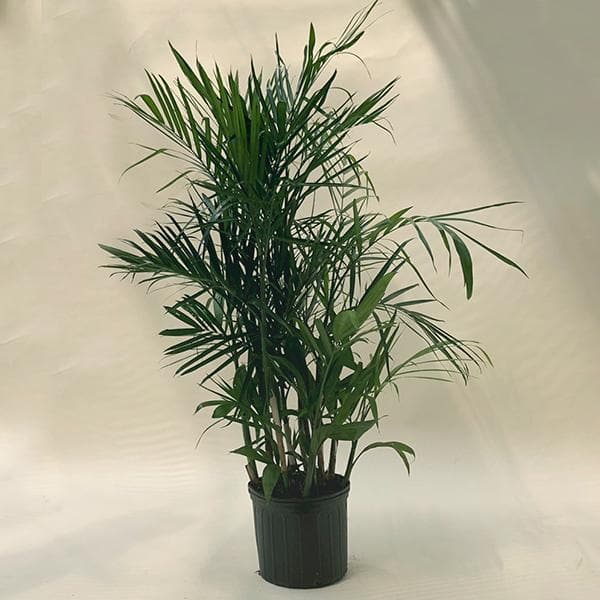
Chamaedorea Seifrizii, Bamboo Palm - Plant
(MRP Inclusive of all taxes)
- Shipping ₹79 for entire order
- Dispatch in 7 days
- Country of origin: India

(MRP Inclusive of all taxes)
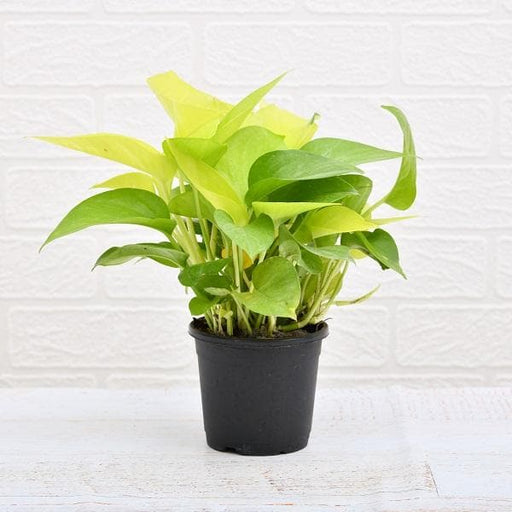 Save 29%
Save 29%
Air Purifier Money Plant with Pot The Air Purifier Money Plant, also known as Pothos or Epipremnum aureum, is a stunning indoor plant that...
View full details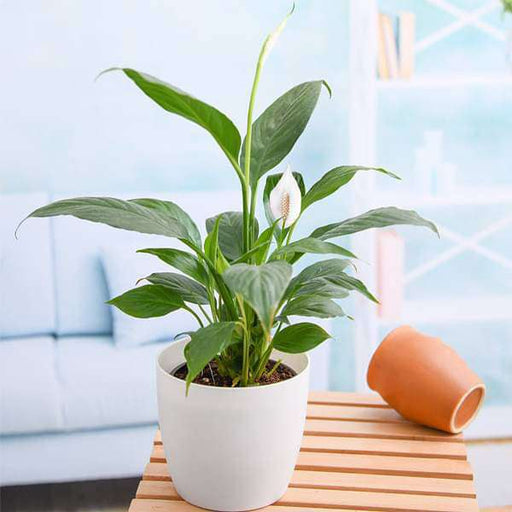
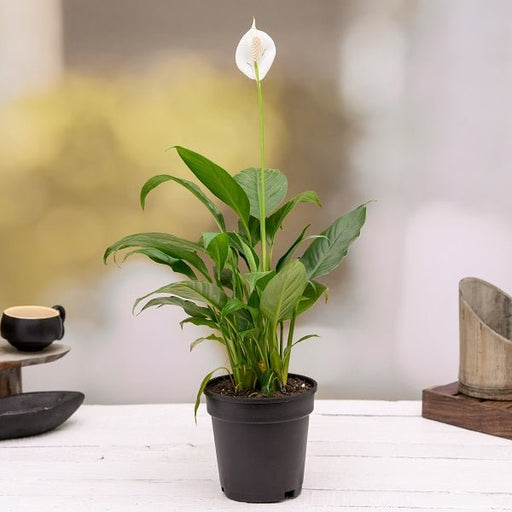 Save up to 15%
Save up to 15%
Peace Lily, Spathiphyllum - Plant The Peace Lily, scientifically known as Spathiphyllum, is a stunning houseplant celebrated for its elegant white...
View full details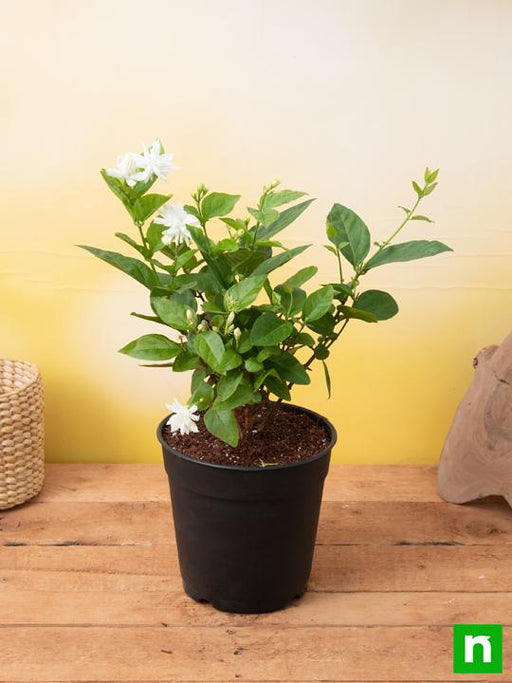
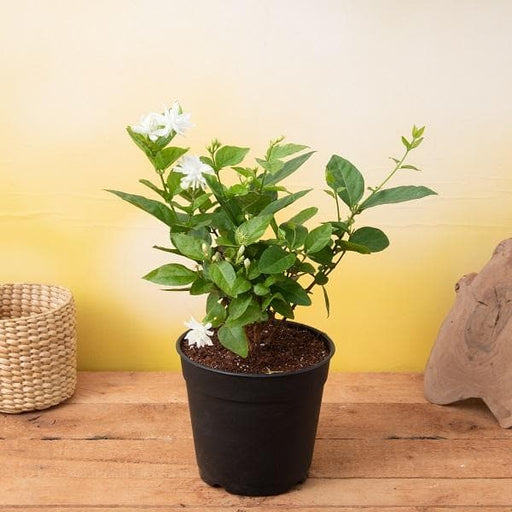 Save 25%
Save 25%
Jasminum sambac, Mogra, Arabian Jasmine - Plant Jasminum sambac, commonly known as Mogra or Arabian Jasmine, is a fragrant flowering plant...
View full details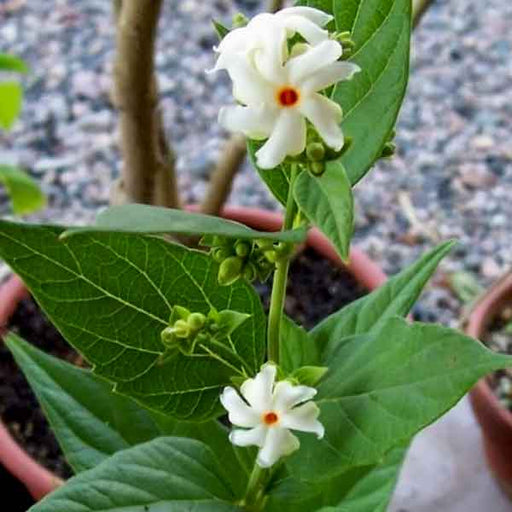
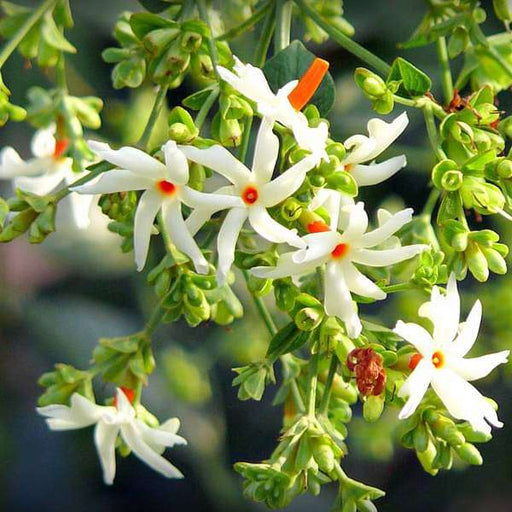 Save 18%
Save 18%
Combo Constituents Includes the Parijat Tree (Night-Flowering Jasmine), a culturally significant plant with fragrant flowers. Description The Pari...
View full details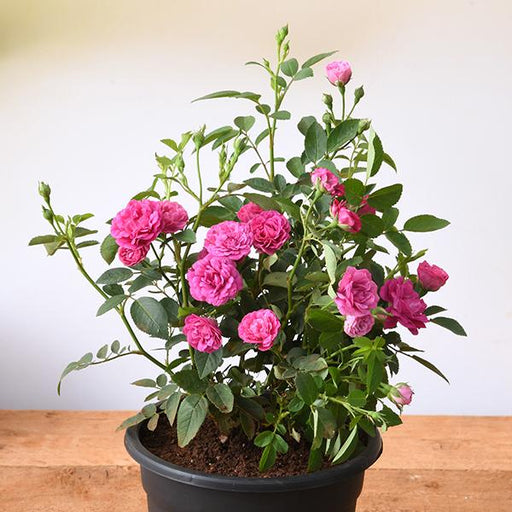
 Save 25%
Save 25%
Miniature Rose, Button Rose (Any Color) - Plant The Miniature Rose, also known as the Button Rose, is a charming and compact flowering plant that ...
View full details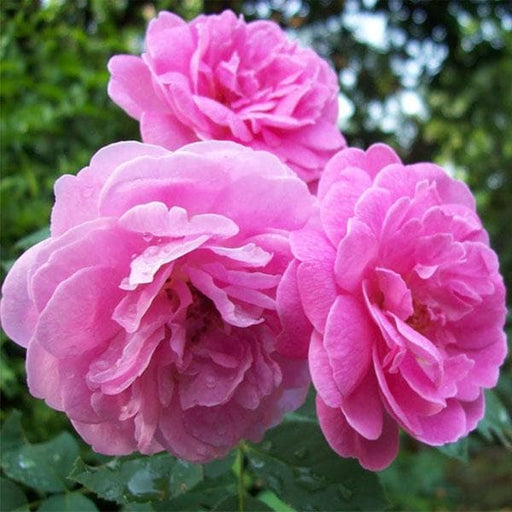 Save 25%
Save 25%
Damascus Rose, Scented Rose (Any Color) - Plant The Damascus Rose, also known as Rosa damascena, is a timeless symbol of beauty and romanc...
View full details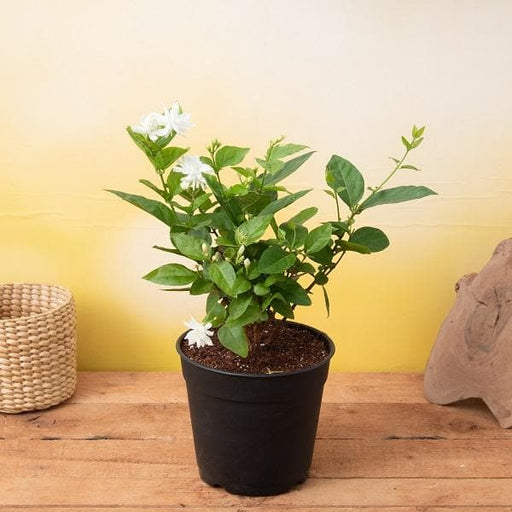
 Save 17%
Save 17%
Beautiful Fragrant Mogra, Arabian Jasmine Plant with Pot The Beautiful Fragrant Mogra, also known as Arabian Jasmine (Jasminum sambac), is...
View full details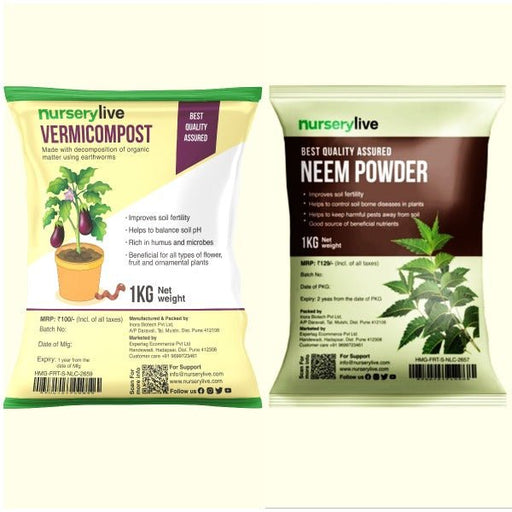 Save 15%
Save 15%
Pack of Vermicompost and Neem Cake for House Plants Transform your indoor garden with our premium Pack of Vermicompost and Neem Cake, spec...
View full details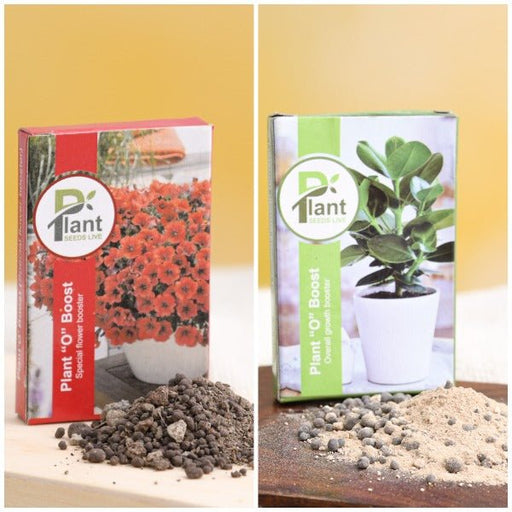
Pack of Plant Growth and Flower Boosters Unlock the full potential of your garden with our Pack of Plant Growth and Flower Boosters! This ...
View full details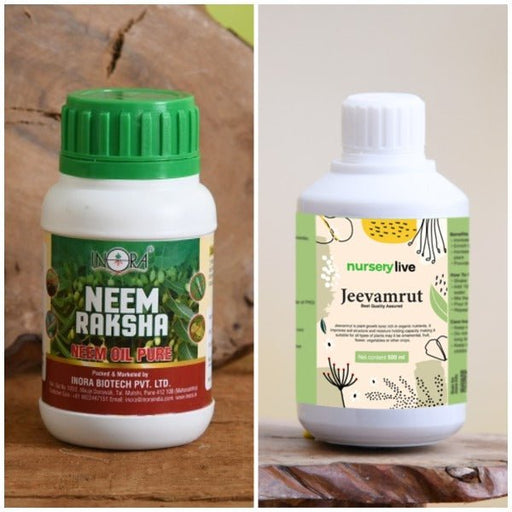 Save 38%
Save 38%
Combo of Jeevamrut and Neem Raksha for Easy Growth and Protection of Houseplants Transform your indoor garden with our exclusive combo of ...
View full details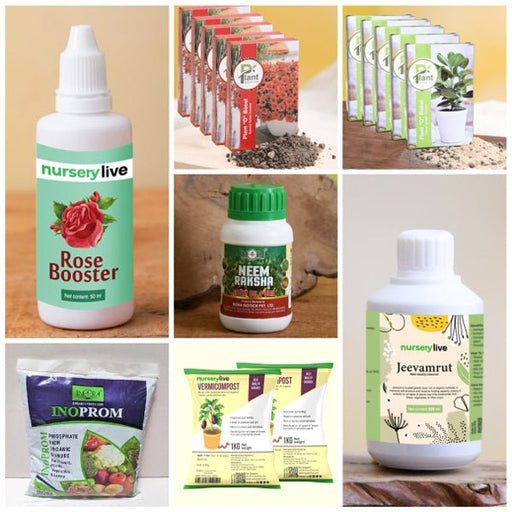 Save 22%
Save 22%
Plant Nutrients Kit (Pack of 16) for a Healthy Garden Transform your garden into a lush paradise with our Plant Nutrients Kit, featuring 1...
View full details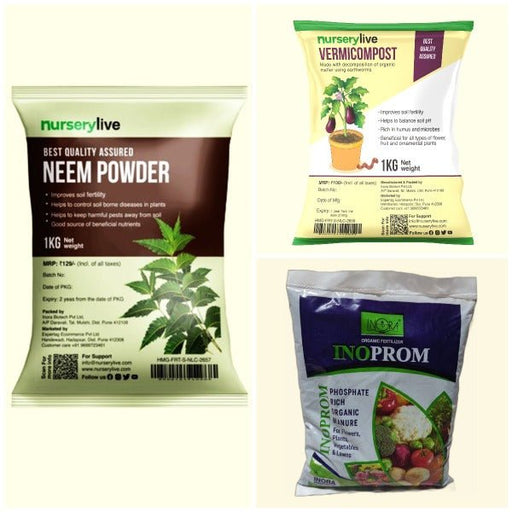 Save 16%
Save 16%
Combo of Top Plant Fertilizers Elevate your gardening game with our exclusive Combo of Top Plant Fertilizers, featuring two bags of premiu...
View full details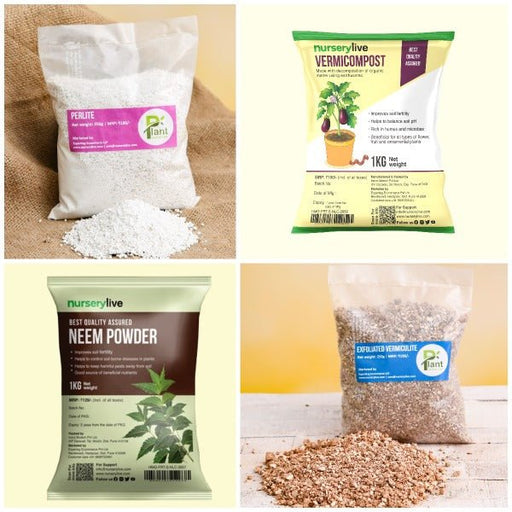 Save 24%
Save 24%
Pack of 4 Additives to Make Soil Healthy and Nutrient Rich Transform your garden into a thriving ecosystem with our Pack of 4 Additives de...
View full details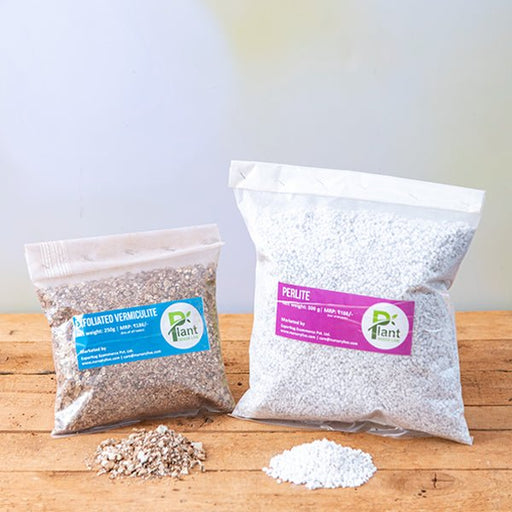 Save 30%
Save 30%
Transform your gardening experience with our premium Combo of Perlite and Vermiculite. This unique blend is designed to enhance soil aeration and ...
View full details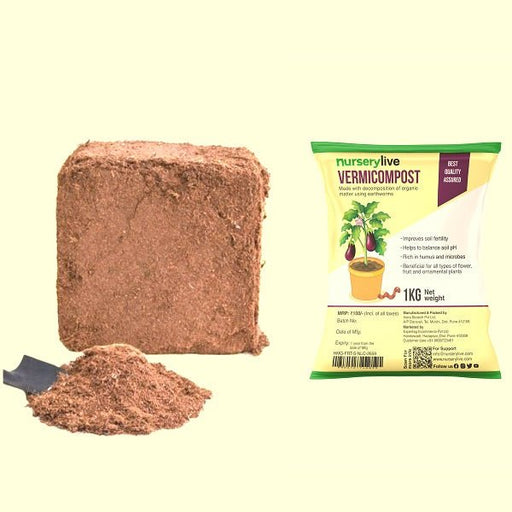 Save 27%
Save 27%
Combo of 2 Vermicompost and Cocopeat - Enrich Your Soil Naturally! Transform your garden into a thriving ecosystem with our Combo of 2 Ver...
View full details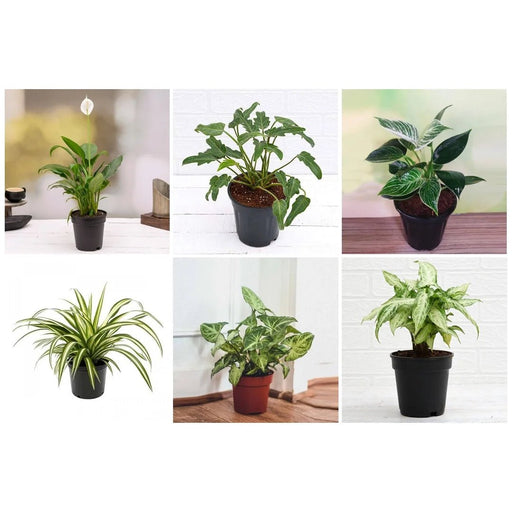
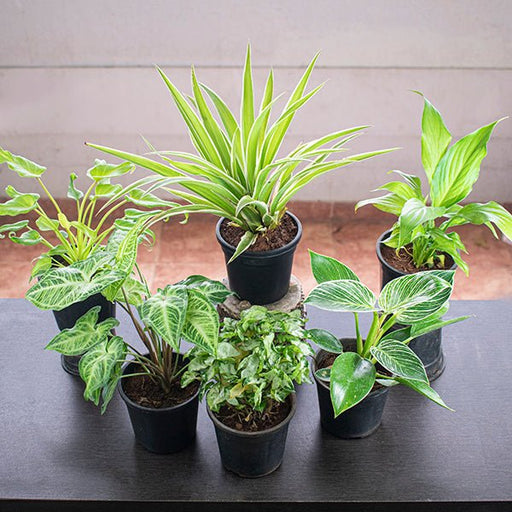 Save 35%
Save 35%
Best 6 Plants for Perfect Indoor Garden Transform your living space into a lush oasis with our curated collection of the Best 6 Plants for a...
View full details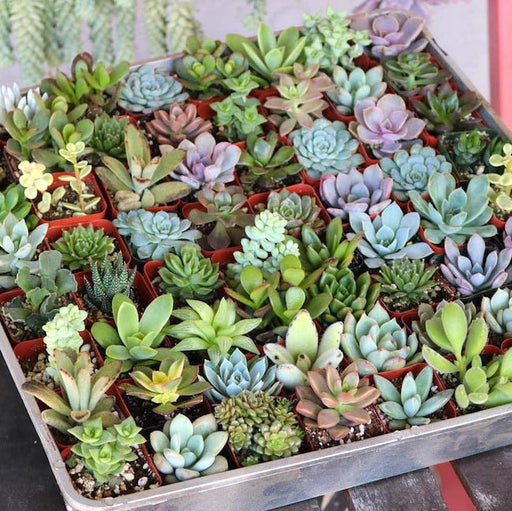
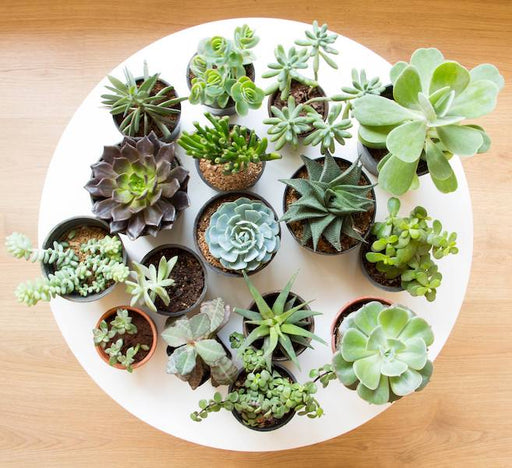 Save up to 50%
Save up to 50%
Mini Succulent Garden Pack Transform your space with our Mini Succulent Garden Pack, featuring a delightful collection of 4 any variety beautiful s...
View full details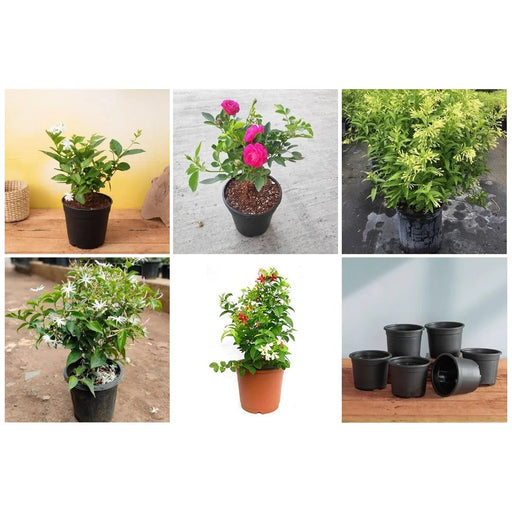
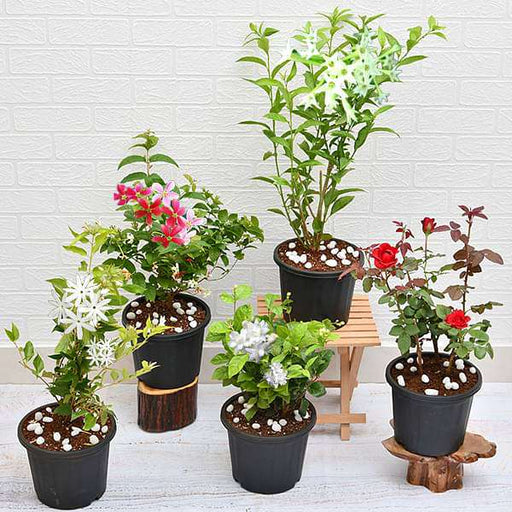 Save 30%
Save 30%
5 Best Fragrant Plants Transform your garden or indoor space into a fragrant paradise with our curated selection of the 5 Best Fragrant Plants. Th...
View full details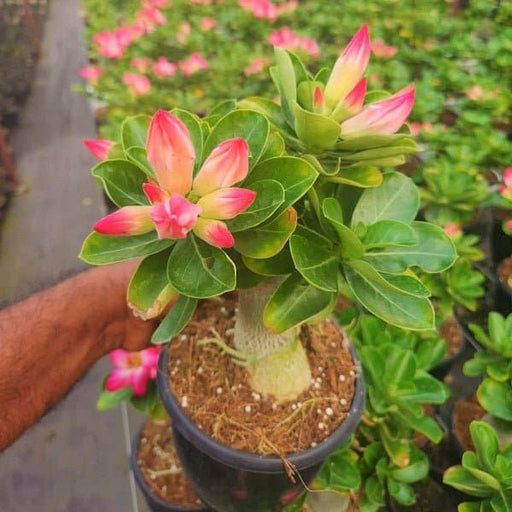
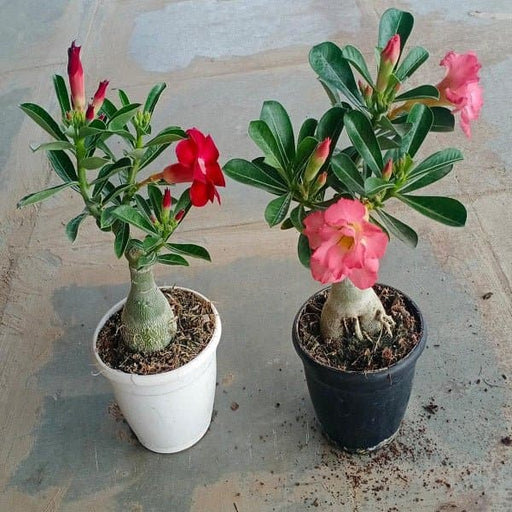 Save 24%
Save 24%
Set of 2 Bonsai Looking Grafted Adeniums Transform your indoor or outdoor space with our exquisite Set of 2 Bonsai Looking Grafted Adenium...
View full details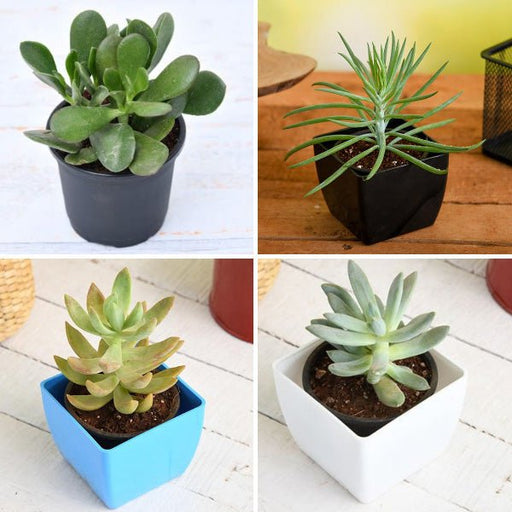 Save 45%
Save 45%
Top 4 Die Hard Succulents Pack Transform your indoor or outdoor space with our Top 4 Die Hard Succulents Pack, featuring a curated selecti...
View full details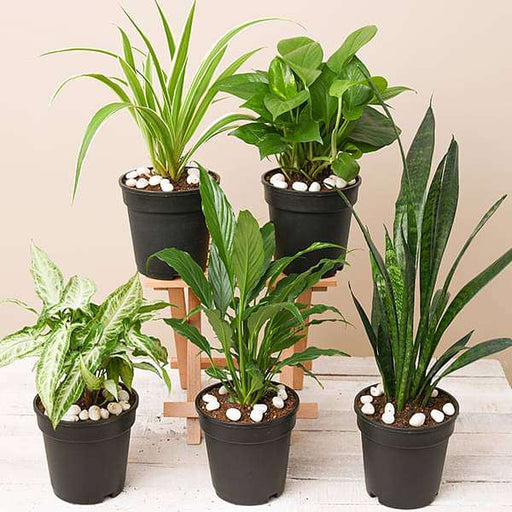
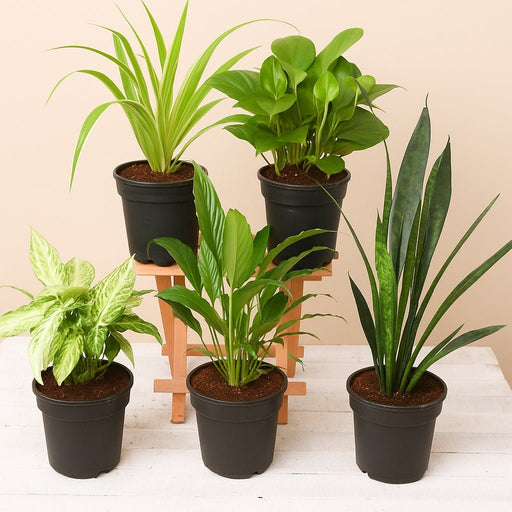 Save 30%
Save 30%
5 Best Indoor Plants Pack Transform your living space into a lush oasis with our '5 Best Indoor Plants Pack.' This carefully curated collection fe...
View full details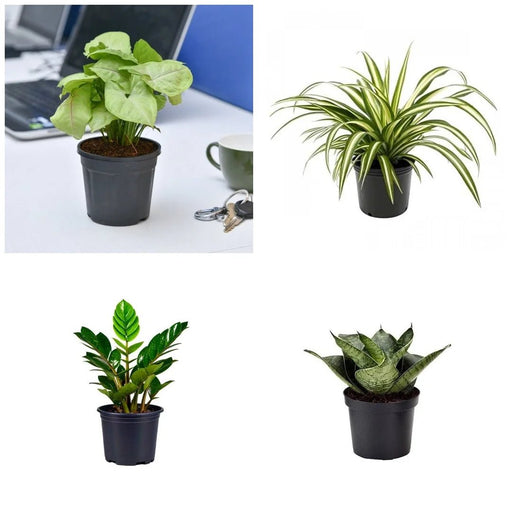
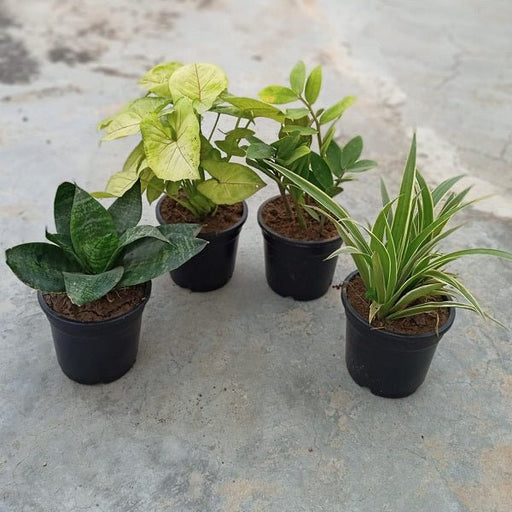 Save 25%
Save 25%
Set of 4 Evergreen Air Purifier Plant Pack Transform your indoor space into a lush, green oasis with our Set of 4 Evergreen Air Purifier Pla...
View full details| SrNo | Item Name | Qty |
|---|---|---|
| 2 | Chamaedorea Seifrizii, Bamboo Palm Plant | 1 |
The Chamaedorea Seifrizii, commonly known as the Bamboo Palm, is a stunning indoor plant that brings a touch of tropical elegance to any space. With its slender, bamboo-like stems and lush, feathery fronds, this palm is not only visually appealing but also an excellent air purifier. Native to the rainforests of Central America, it thrives in low light conditions, making it perfect for homes and offices.
What makes the Bamboo Palm special is its ability to adapt to various indoor environments while requiring minimal care. This resilient plant can grow up to 6 feet tall, providing a lush, green backdrop that enhances any decor. Its air-purifying qualities are scientifically proven, helping to remove toxins such as formaldehyde and benzene from the air, contributing to a healthier living space.
One of the Bamboo Palm's standout features is its versatility. It can be used as a decorative piece in homes, offices, or even as part of a larger landscape design. Its non-toxic nature makes it safe for pets, adding to its appeal for families.
The Bamboo Palm plays a significant role in improving indoor air quality, making it an eco-friendly choice for indoor gardening. By absorbing carbon dioxide and releasing oxygen, it contributes to a healthier environment. Additionally, its cultivation supports sustainable practices in the palm industry, promoting biodiversity and reducing deforestation.
If you think caring for a plant is as easy as watering it and giving it a pep talk, think again! The Bamboo Palm, or Chamaedorea Seifrizii, requires a bit more finesse. This tropical beauty thrives in indirect light and loves a good misting. Keep the soil moist but not soggy, and watch out for pesky pests. Treat it like royalty, and it will reward you with lush, feathery fronds that make your living room feel like a rainforest retreat.
Who knew that a plant could be your new best friend? The Bamboo Palm is not just a pretty face; it’s a natural air purifier! It filters out toxins and adds humidity to the air, making it a must-have for your indoor oasis. Plus, it’s pet-friendly, so your furry companions can frolic around without a care in the world. Talk about a win-win situation!
Looking to bring a slice of the tropics indoors? The Indoor Bamboo Palm is your ticket to paradise! This low-maintenance plant thrives in various lighting conditions, making it perfect for those of us who might forget to turn on the lights. Its elegant fronds add a touch of sophistication to any room, and it’s a conversation starter. “Oh, this old thing? Just my indoor jungle!”
If you’re impatiently waiting for your Bamboo Palm to grow, you’re not alone! This plant has a moderate growth rate, which means it won’t take over your living room overnight. But fear not! With the right care, you’ll see those lovely fronds unfurling in no time. Just remember, good things come to those who wait—especially when it comes to plants!
Ready to expand your plant family? Propagating Chamaedorea Seifrizii is easier than you think! Simply take a healthy cutting and place it in water or soil, and voilà! You’ll soon have a mini version of your beloved Bamboo Palm. Just be patient and give it some love, and before you know it, you’ll have a whole jungle of these beauties to show off.
The Bamboo Palm is a diva when it comes to lighting! It prefers bright, indirect light but can tolerate low-light conditions. Just don’t leave it in the dark for too long, or it might throw a tantrum. If you want your plant to thrive, find a cozy spot where it can soak up the sun without getting scorched. After all, every diva deserves a spotlight!
Good news for pet parents! The Bamboo Palm is non-toxic to cats and dogs, making it a safe choice for your home. You can finally relax knowing that your furry friends won’t be nibbling on your plant and getting into trouble. So go ahead, let your pets roam free while your Bamboo Palm stands tall and proud—no drama here!
When it comes to soil, the Bamboo Palm is a bit of a snob. It prefers well-draining potting mix that retains some moisture but doesn’t drown its roots. Think of it as a spa day for your plant! A mix of peat, perlite, and pine bark will keep your Bamboo Palm happy and healthy. Just remember, no soggy bottoms allowed!
Like any good drama, pests can crash the party when you least expect it. Aphids, spider mites, and mealybugs are the usual suspects that might try to invade your Bamboo Palm. But fear not! A little neem oil or insecticidal soap can send those unwanted guests packing. Keep an eye on your plant, and you’ll be the ultimate pest detective!
Watering the Bamboo Palm is an art form. Too much, and you’ll drown it; too little, and it’ll wilt like a sad flower. Aim for a happy medium—water when the top inch of soil feels dry. Your Bamboo Palm will thank you with vibrant fronds and a healthy glow. Remember, it’s all about balance, just like in life!
If you want your Bamboo Palm to strut its stuff, a little fertilization goes a long way! During the growing season, feed it with a balanced liquid fertilizer every month. It’s like giving your plant a protein shake—boosting its growth and vitality. Just don’t overdo it; too much fertilizer can lead to a plant that’s more “hot mess” than “hotshot.”
This charming plant, also known as the Bamboo Palm, is a tropical beauty that brings a slice of paradise indoors. With its slender stems and lush fronds, it’s like having a mini rainforest right in your living room. Plus, it’s a natural air purifier—talk about a breath of fresh air!
Caring for your Chamaedorea Seifrizii is as easy as pie! Keep it in bright, indirect light, water when the top inch of soil is dry, and give it a little humidity boost. It’s like pampering a diva—just the right amount of attention, and it’ll thrive like a superstar!
Absolutely! Chamaedorea Seifrizii is a furry friend-approved plant. It won’t cause any harm to your pets, making it a perfect addition to your home. So, let your curious cat or playful pup explore without worry—this palm is all about peace, love, and pet-friendly vibes!
Watering your Chamaedorea Seifrizii is a delicate dance. Aim for once a week, but let the top inch of soil dry out first. Overwatering is a no-no; think of it as a spa day, not a soaking! Your palm will thank you with vibrant fronds and a happy sway.
Your Chamaedorea Seifrizii craves well-draining soil, like a diva who demands the finest silk. A mix of potting soil and perlite or sand will do the trick. This combo keeps the roots happy and prevents soggy situations—because nobody likes a waterlogged palm!
If you live in a warm climate, your Chamaedorea Seifrizii can bask in the great outdoors! Just ensure it’s in a shady spot, away from harsh sunlight. Think of it as a tropical vacation—just the right amount of sun and shade for that perfect tan!
Chamaedorea Seifrizii is a modest grower, reaching heights of 4 to 7 feet indoors. It’s like the perfect houseguest—tall enough to make a statement but not so tall that it takes over the room. Just give it some space, and it’ll flourish beautifully!
Yes, your Chamaedorea Seifrizii loves a good feast! Feed it with a balanced liquid fertilizer every month during the growing season. It’s like giving your palm a gourmet meal—just the right nutrients to keep those fronds lush and vibrant. Bon appétit, little palm!
Keep an eye out for pesky critters like spider mites and mealybugs. They can be as annoying as a fly at a picnic! If you spot them, a gentle wipe with soapy water or neem oil will send them packing. Your palm deserves a pest-free life!
Yes, you can! Propagating Chamaedorea Seifrizii is like sharing the love. You can do it through division during repotting. Just separate the clumps carefully, pot them up, and watch them grow into new palm pals. It’s a plant party waiting to happen!
Chamaedorea Seifrizii loves a cozy environment, thriving best in temperatures between 65°F and 80°F. It’s like the Goldilocks of plants—not too hot, not too cold, but just right! Keep it away from chilly drafts, and it’ll be as happy as a clam in a warm sea!